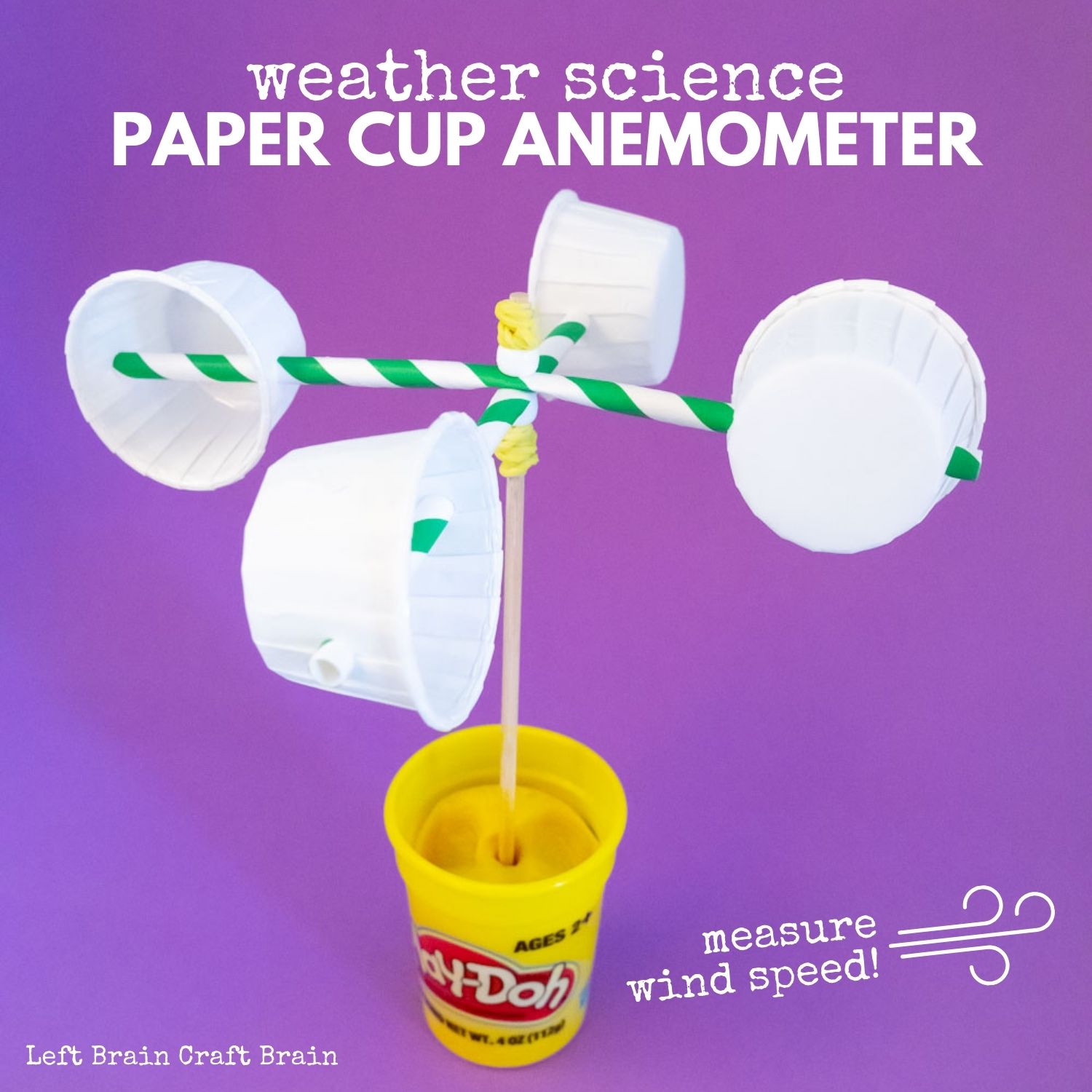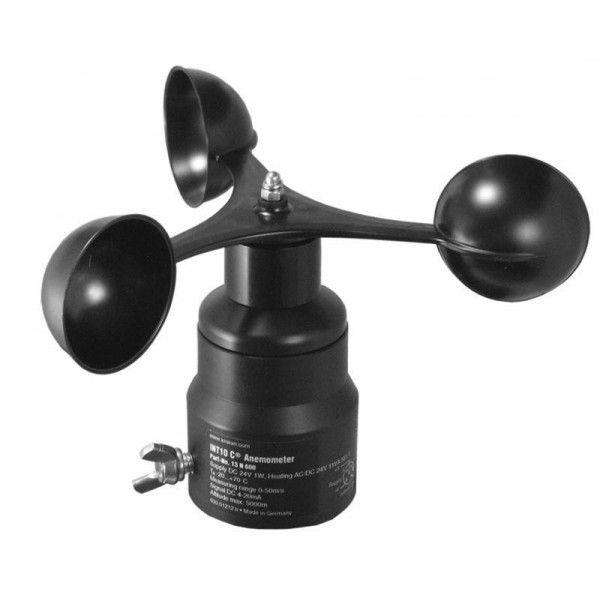How to Preserve and Care for Your Anemometer to Make Sure Longevity
How to Preserve and Care for Your Anemometer to Make Sure Longevity
Blog Article
Exploring the Functions and Benefits of Anemometers for Climate Lovers and Experts
Anemometers stand as instrumental devices in the world of climate monitoring, dealing with both fanatics and skilled specialists alike. These tools supply a home window into the vibrant world of wind patterns and speeds, giving indispensable data for meteorological analysis and forecasting. From mug anemometers to sonic anemometers, each kind brings its one-of-a-kind collection of applications and advantages, clarifying various elements of atmospheric problems. As we look into the features and benefits of anemometers, a much deeper understanding emerges not just of dominating weather sensations however also of the more comprehensive effects for markets like wind power manufacturing and ecological research study.
Significance of Anemometers in Climate Tracking
Anemometers play an essential function in weather condition monitoring by offering exact measurements of wind rate, helping in forecasting and understanding weather condition patterns. These tools, varying from typical cup anemometers to modern ultrasonic anemometers, are necessary for meteorologists, researchers, and weather lovers alike.

Kinds Of Anemometers and Their Applications
With the critical role anemometers play in weather condition surveillance and projecting, comprehending the different kinds of these tools and their applications ends up being necessary for experts and fanatics in the area. One of the most typical sorts of anemometers include mug anemometers, vane anemometers, hot-wire anemometers, and ultrasonic anemometers. Mug anemometers consist of 3 or four mugs installed on horizontal arms that rotate with the wind, gauging its rate. Vane anemometers, on the various other hand, make use of a freely rotating vane to align with the wind instructions, giving both wind speed and direction dimensions. Hot-wire anemometers operate based upon the principle of convective warmth transfer, where the cooling result of the air flow is determined to identify wind speed. Ultrasonic anemometers make use of ultrasonic acoustic wave to compute wind rate and instructions precisely.
Cup anemometers are robust and ideal for basic weather condition monitoring, while vane anemometers are favored for directional dimensions. Ultrasonic anemometers are non-intrusive and provide high precision, typically utilized in research and specialized climate tracking applications.
Advantages of Making Use Of Anemometers in Projecting
In weather forecasting, the usage of anemometers supplies important benefits for boosting the accuracy of weather projecting. Anemometers measure wind rate and direction, giving vital data for forecasting weather patterns. By including wind information right into projecting designs, meteorologists can better recognize the movement of climate systems, expect adjustments in weather, and problem much more accurate forecasts.
In addition, anemometers play an important function in evaluating prospective weather condition threats. Monitoring wind rates helps forecasters anticipate serious weather condition occasions such as hurricanes, tornadoes, and winter storms with higher accuracy. This early caution system makes it possible for authorities to provide prompt signals and execute necessary safety procedures, minimizing the dangers to life and building.
In addition, anemometers assist in enhancing eco-friendly energy production. By analyzing wind patterns, meteorologists can determine ideal locations for wind ranches and forecast energy result, adding to the efficient generation of wind power.

Anemometers in Wind Energy Production
Offered the critical duty anemometers play in giving exact wind data for climate projecting and danger analysis, their relevance encompasses the realm of wind energy manufacturing. Anemometers are essential tools in the area of wind energy, where the measurement of wind speed and direction is essential for identifying the usefulness and performance of wind turbine installations. anonymous By accurately gauging wind rates at differing elevations, anemometers help optimize the positioning and design of wind turbines to maximize energy outcome.
In wind farms, anemometers are tactically positioned to collect real-time wind data that is made use of to examine the possible energy manufacturing of a site. This information contributes in establishing the financial stability of wind power jobs and in projecting power generation to make sure grid stability. In addition, anemometers aid in keeping track of wind conditions to maximize wind turbine performance, stop damage from high winds, and make sure the safety and security of workers functioning in the area of wind turbines.
Enhancing Weather Condition Recognizing With Anemometers

Anemometers play a vital role in boosting our understanding of microclimates. These local weather can vary significantly from broader regional projections, making it necessary to have exact data for certain locations. anemometer. By purposefully putting anemometers in numerous areas, scientists why not try here can gather in-depth details on how wind acts in different surfaces, city settings, or bodies of water
Moreover, anemometers add to enhancing climate projecting models by providing real-time information on wind actions. This information is specifically valuable for predicting serious weather events, maximizing farming techniques, and sustaining sectors like air travel and maritime navigation. Generally, anemometers are vital instruments that allow us to delve much deeper right into the intricacies of weather systems, eventually causing more better-informed choices and precise forecasts.
Conclusion
To conclude, anemometers play an important function in weather monitoring and forecasting by gauging wind rate and instructions. They are necessary devices used by important site climate lovers and experts to collect precise data for anticipating climate patterns and assessing possible impacts. Anemometers additionally have applications in wind power manufacturing, further highlighting their importance in both weather forecasting and renewable resource fields. On the whole, anemometers contribute to enhancing our understanding of climate phenomena and boosting forecasting abilities. anemometer.
From mug anemometers to sonic anemometers, each type brings its one-of-a-kind collection of applications and advantages, dropping light on various aspects of atmospheric conditions. These tools, varying from traditional cup anemometers to contemporary ultrasonic anemometers, are essential for meteorologists, researchers, and climate fanatics alike. The most common types of anemometers consist of cup anemometers, vane anemometers, hot-wire anemometers, and ultrasonic anemometers. Cup anemometers are durable and ideal for general climate monitoring, while vane anemometers are preferred for directional dimensions. Anemometers are important tools in the area of wind power, where the measurement of wind rate and instructions is critical for establishing the expediency and efficiency of wind turbine setups.
Report this page